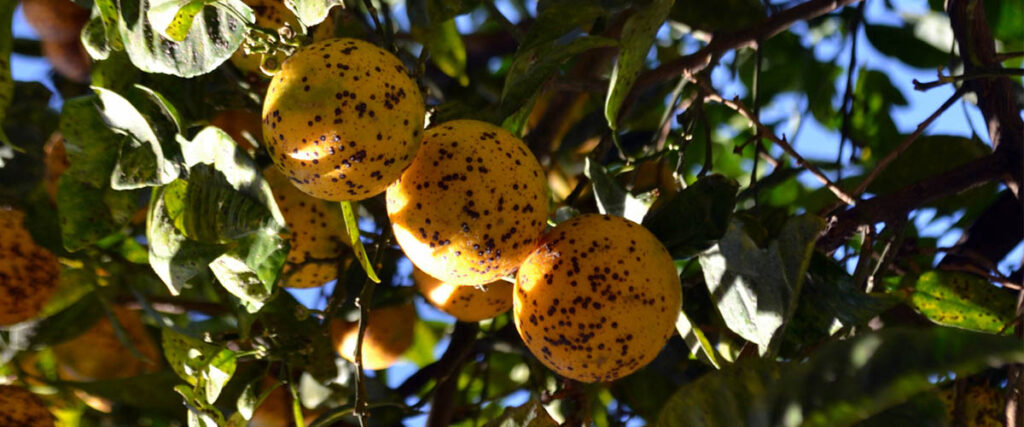Growing orange plants can be a rewarding experience, filled with the promise of juicy, homegrown fruit and the satisfaction of nurturing a tree from seed to maturity. I’m excited to share my knowledge and help you embark on this citrus-scented journey.
Why Grow Orange Plants?
Orange plants not only provide delicious fruit but also add beauty to your garden with their glossy green leaves and fragrant blossoms. The process of growing these trees can be incredibly fulfilling, offering a connection to nature and a sense of accomplishment as you watch your plant thrive under your care.
Choosing the Right Variety
Before diving into the planting process, it’s crucial to select the right orange variety for your climate and space. Some popular options include:
- Valencia oranges: Known for their sweet juice, perfect for warm climates
- Navel oranges: Seedless and easy to peel, ideal for cooler regions
- Blood oranges: Distinctive red flesh, thriving in Mediterranean-like conditions
- Mandarin oranges: Smaller and sweeter, great for container growing

Planting Your Orange Tree
Whether you’re starting from a seed or a young sapling, proper planting is key to your orange tree’s success.
1. Selecting the Perfect Location
Orange trees love sunlight, so choose a spot that receives at least 6-8 hours of direct sun daily. Ensure the area has well-draining soil to prevent root rot.
2. Preparing the Soil
Mix organic compost into your soil to improve drainage and provide essential nutrients. Aim for a slightly acidic pH between 6.0 and 7.5.
3. Planting Process
Dig a hole twice the size of the root ball. Place the tree at the same depth it was in its container. Backfill with soil, tamping gently to remove air pockets.

Nurturing Your Orange Plant
Once planted, your orange tree needs consistent care to thrive.
1. Watering
Water deeply but infrequently to encourage deep root growth. Young trees need more frequent watering, while established trees can tolerate some drought.
2. Fertilizing
Feed your tree with a balanced, slow-release fertilizer in early spring, summer, and fall. Adjust based on soil tests and tree health.
3. Pruning
Remove dead or crossing branches to improve air circulation and maintain shape. Prune after harvesting to avoid removing next season’s fruit.
4. Pest and Disease Management
Monitor for common pests like aphids and scale insects. Use organic pest control methods when possible. Watch for signs of citrus diseases like greening or canker.

Container Growing
For those with limited space or in colder climates, container growing is an excellent option.
1. Choosing the Right Container
Select a pot at least 18 inches in diameter with adequate drainage holes.
2. Potting Mix
Use a well-draining citrus potting mix or create your own with equal parts potting soil, peat moss, and perlite.
3. Special Care for Potted Oranges
Water more frequently, as containers dry out faster. Fertilize monthly during the growing season. Move indoors when temperatures drop below 50°F (10°C).

Harvesting Your Oranges
The anticipation of harvesting your first homegrown oranges is truly exciting. Here’s what you need to know:
1. Timing
Most oranges are ready for harvest 7-8 months after flowering. Check for full color development and slight give when squeezed.
2. Harvesting Technique
Gently twist and pull ripe fruits. Use pruning shears for stubborn stems to avoid damaging the tree.
3. Storage
Store harvested oranges in a cool, dry place. They can last up to two weeks at room temperature or up to a month in the refrigerator.

Troubleshooting Common Issues
Even with the best care, orange plants can face challenges. Here are some common problems and solutions:
1. Yellow Leaves
Often a sign of nutrient deficiency or overwatering. Adjust your fertilization and watering schedule accordingly.

2. Fruit Drop
Normal in small amounts, but excessive dropping may indicate stress from drought or pests. Ensure consistent watering and check for infestations.
3. Lack of Fruit Production
May be due to insufficient pollination. Encourage pollinators by planting bee-friendly flowers nearby or hand-pollinate using a small brush.
Conclusion:
Growing orange plants is a journey filled with learning, patience, and ultimate reward. As you nurture your tree from a small sapling to a fruit-bearing giant, you’ll gain not only delicious oranges but also a deeper connection to nature and the food you eat. Remember, each tree is unique, and part of the joy is in discovering what works best for your specific plant and environment.
Whether you’re planting in a sprawling orchard or a cozy balcony container, the principles remain the same: provide plenty of sunlight, well-draining soil, consistent care, and a hefty dose of love. With these elements in place, you’re well on your way to enjoying the sweet success of homegrown oranges.
So, grab your gardening gloves, and let’s embark on this citrus-growing adventure together. The journey of growing orange plants is as rewarding as the destination – a tree laden with golden, juicy fruits. Happy planting!
People also ask:
How long does it take for an orange tree to bear fruit?
Most orange trees start producing fruit 3-5 years after planting, depending on the variety and growing conditions.
Can I grow oranges indoors?
Yes, dwarf varieties can be grown indoors with proper care, including adequate light and humidity.
How often should I water my orange tree?
Water deeply once a week for established trees, more frequently for young trees or during hot, dry periods.
Are orange trees self-pollinating?
Many varieties are self-pollinating, but cross-pollination can increase fruit yield and quality.
How can I protect my orange tree from frost?
Cover the tree with blankets or use frost cloth when temperatures drop. For potted trees, move them indoors or to a protected area.
Read also: https://plantgrowup.com/how-to-grow-ginger-plant/